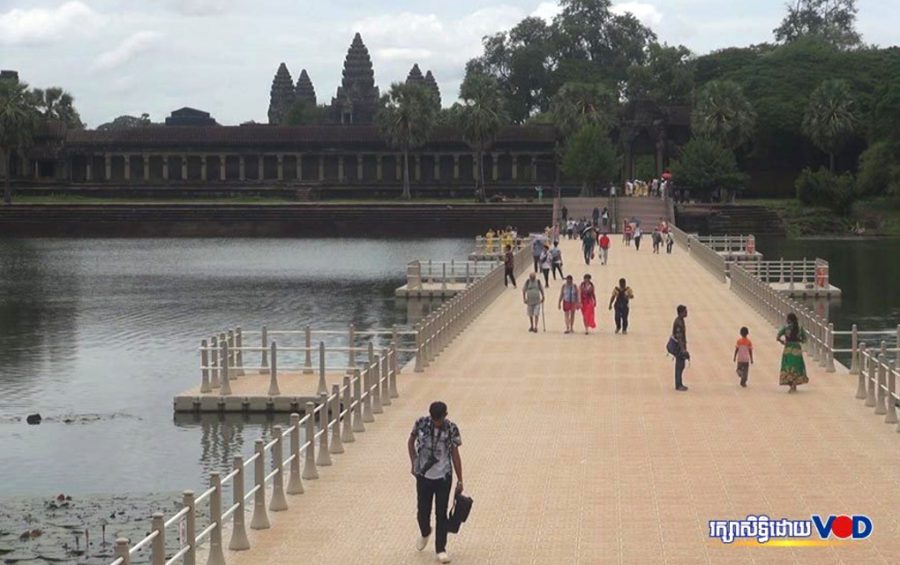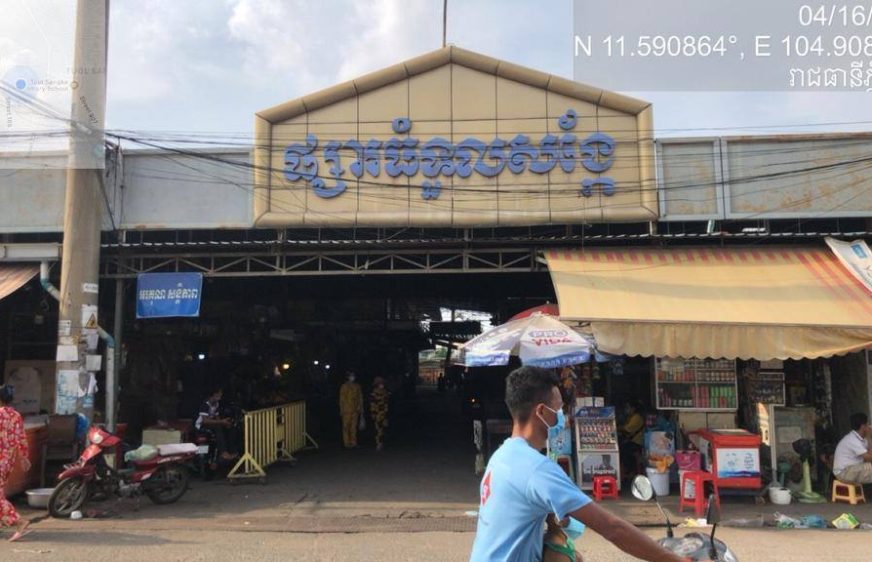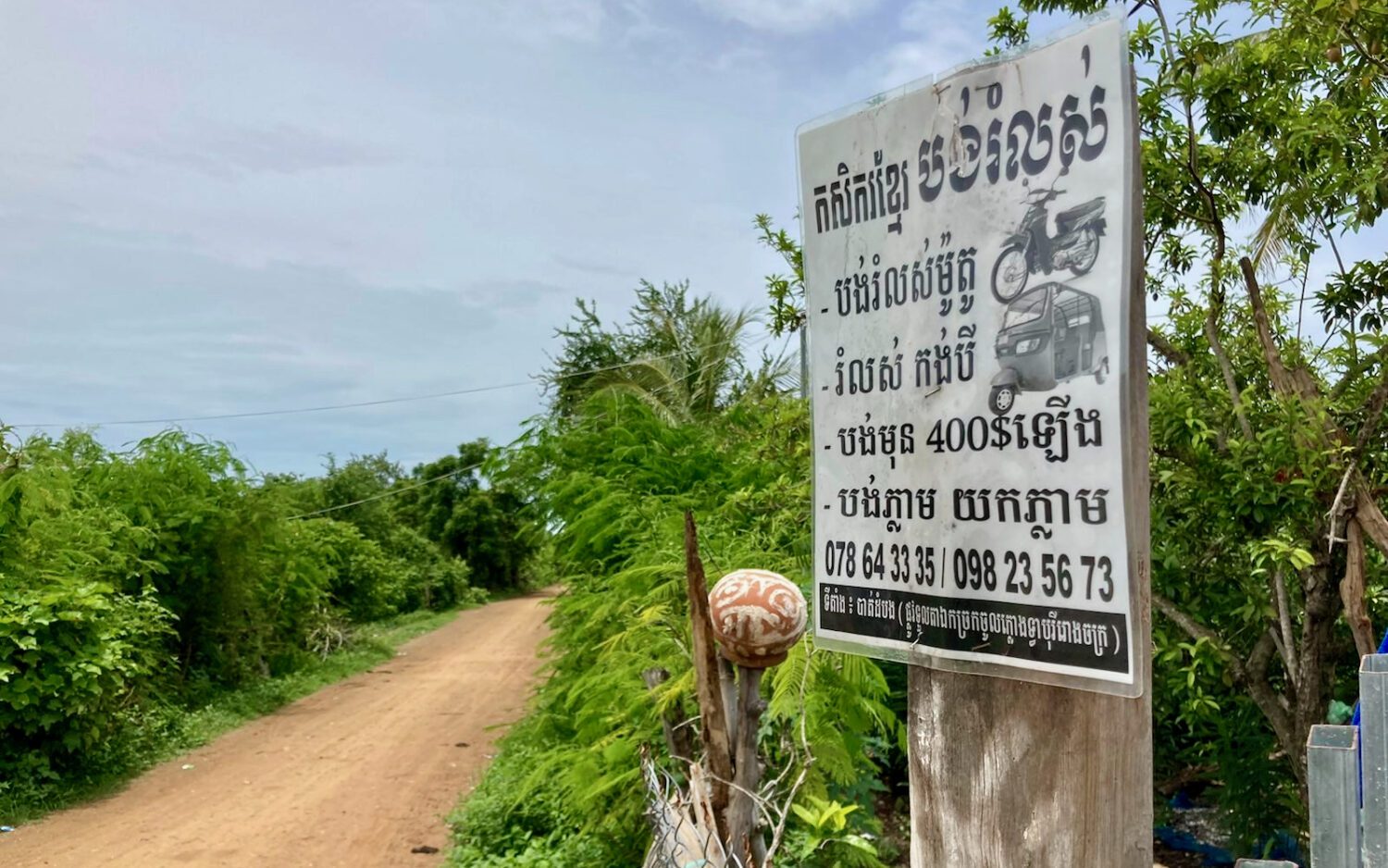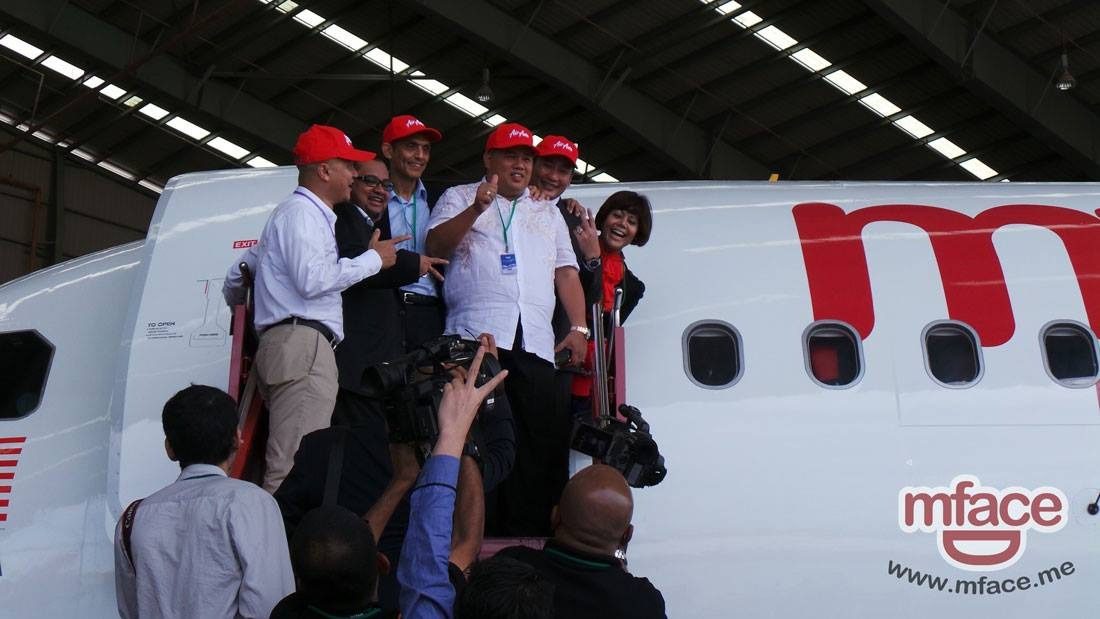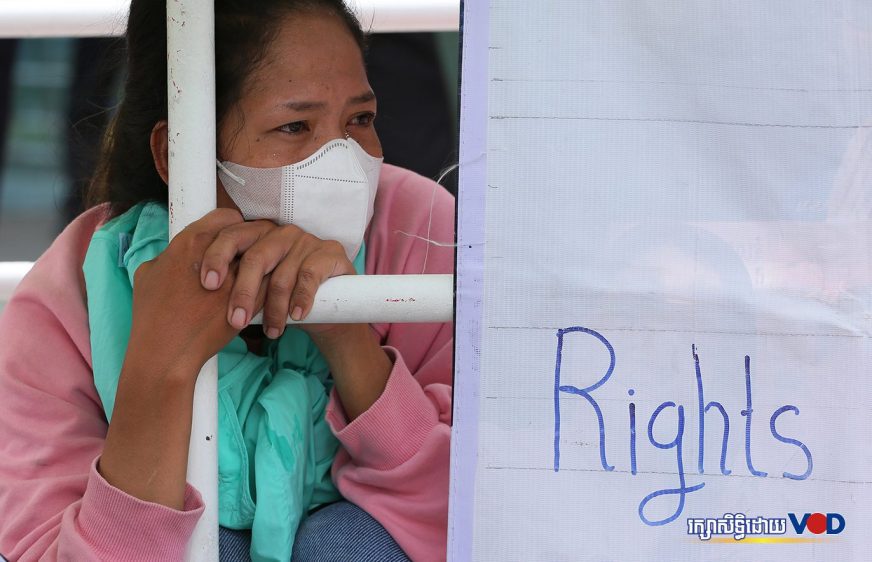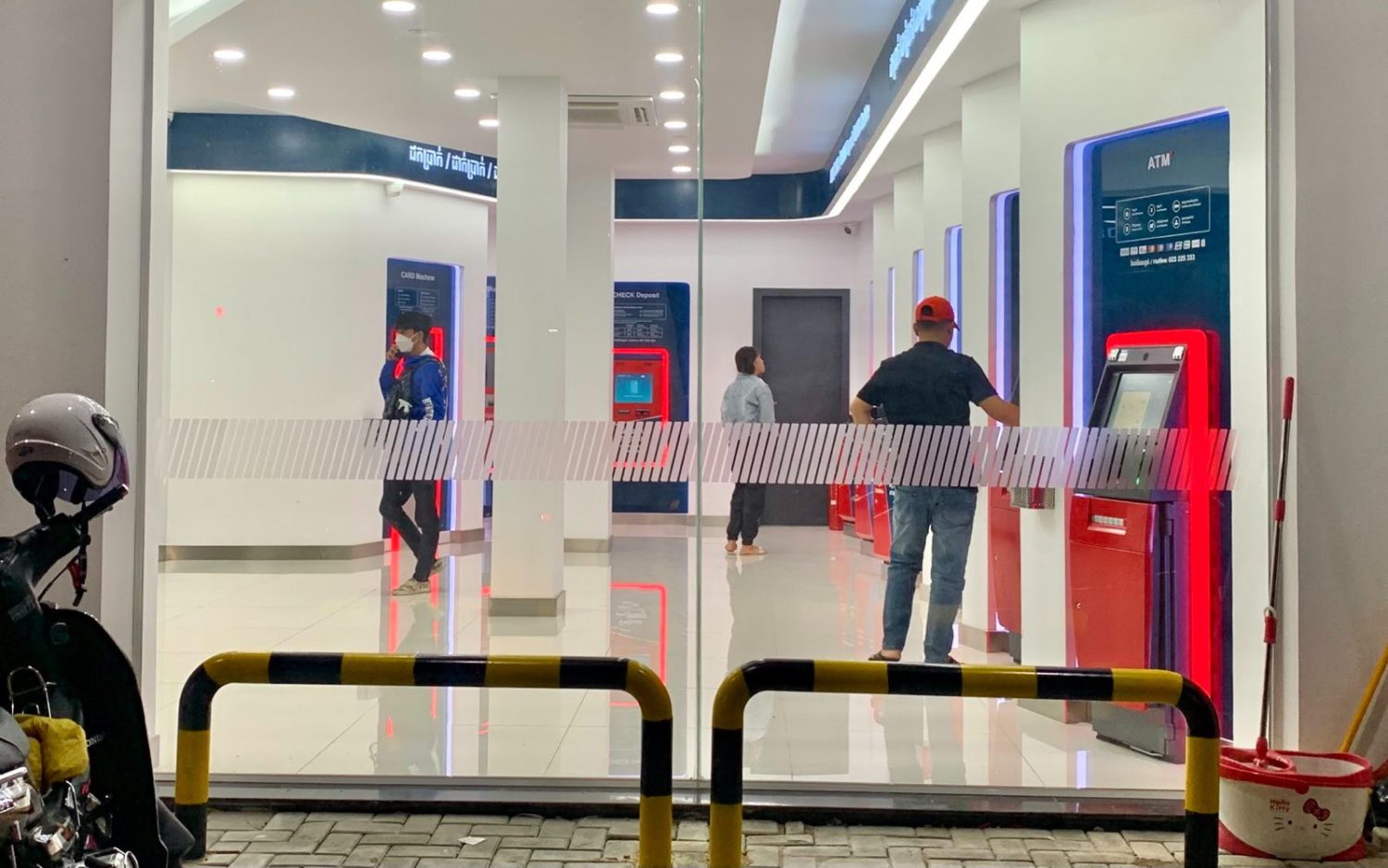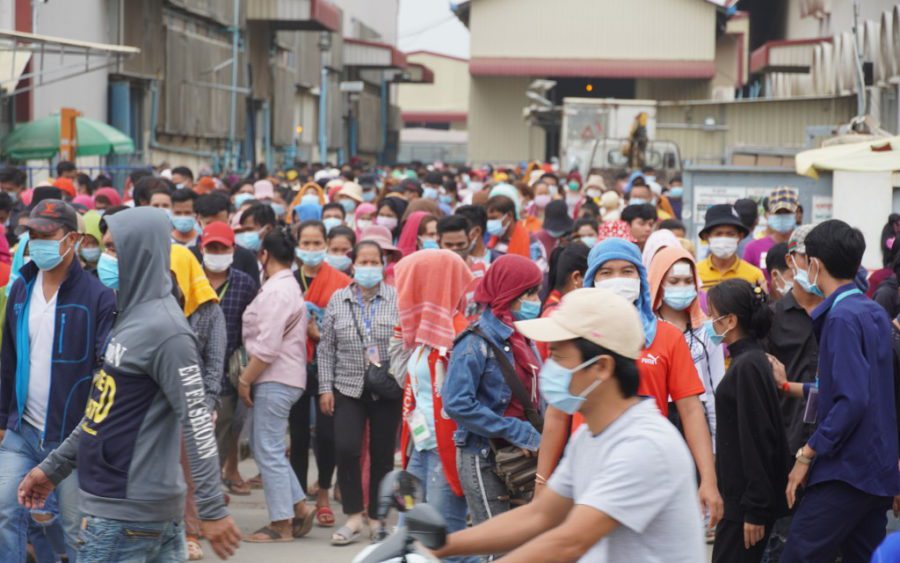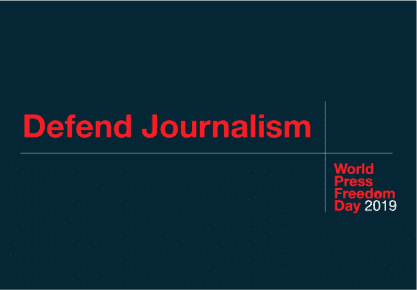Cambodia could see negative growth this year — for the first time since 1994 — due to the pandemic-spurred economic crisis, the World Bank projected on Friday, estimating even more severe hits to the nation’s key industries than it did two months ago.
“The global epidemiological and economic crisis unleashed by COVID-19 poses the greatest threat to Cambodia’s development in its 30 years of modern history,” the World Bank said in its latest economic update report for Cambodia.
“While real GDP growth was strong at 7.1 percent in 2019, it is projected to register a negative growth rate, ranging between -1.0 and -2.9 percent in 2020,” the report said.
The economic forecast is even more bleak than the World Bank’s projection in March, when it estimated the nation’s GDP growth would drop to 2.5 percent, or 1 percent in a worst-case scenario.
By the World Bank’s accounting, the global Covid-19 pandemic and resulting economic slowdown have put at least 1.76 million jobs in Cambodia at risk, which could bring the unemployment rate to 20 percent. But the job loss figures are likely underestimated because they only cover jobs that are directly impacted by Covid-19 and exclude Cambodia’s large informal sector, the World Bank noted.
Since 2011, Cambodia has sustained annual GDP growth of above 7 percent. In 2009, during the global financial crisis, the country’s GDP growth remained only slightly positive — at about 0.09 percent — but growth has not dipped negative since 1994, World Bank data shows.
Cambodia’s highest growth markets — the tourism, garment and construction sectors — have been hit hard and fast amid the global economic downturn, with financial experts telling VOD in March that the industries’ heavy reliance on international markets made them vulnerable. The tourism sector plummeted in the first two months of the year, followed by a deceleration in garment and footwear orders as Cambodia’s biggest export markets, the E.U. and U.S., became Covid-19 hotspots and consumer demand sunk.
Foreign direct investment (FDI) already slowed between 2018 and last year, but the World Bank projected that FDI will continue to drop, impacting both Cambodia’s third-biggest driver of growth — construction and real estate — as well as the government’s reserves. The banking and finance sectors could also experience a “sizable” spillover effect, which will likely trigger the end of the construction and real estate boom, the World Bank said.
And with lessened government revenue and a need for increased public spending to ease strain on businesses and civilians, Cambodia’s debt-to-GDP ratio could rise from being consistently under 30 percent for at least seven years to 35 percent this year, according to the World Bank report.
Though Cambodia’s agriculture sector is largely outside the pulls of the global economy, the industry would likely not be able to absorb workers who lost their jobs in the garment and tourism sectors, the report said.
With significant unemployment rates as well as a loss of remittances from migrant workers — tens of thousands of whom have returned to Cambodia in recent months — the World Bank recommended that the government take immediate action to alleviate poverty and support livelihoods of the poor and vulnerable.
If the government fails to provide sufficient help to those hit hardest by the economic downturn, Cambodia could face a “sharp increase” in poverty, the World Bank said. According to poverty simulations, the poverty rate could increase by 1 to 5 percentage points if households with members working in tourism, retail, garments, construction or manufacturing experience a 50 percent income loss for three months. If that halved income lasts six months, the poverty rate could rise by between 3 and 11 percentage points.
The government in March said it had allocated $2 billion in reserves to respond to the economic impacts of Covid-19.
The World Bank projects Cambodia’s growth-driving sectors will begin to recover throughout the second half of this year, adding that GDP growth could rebound to 6 percent in 2021.


